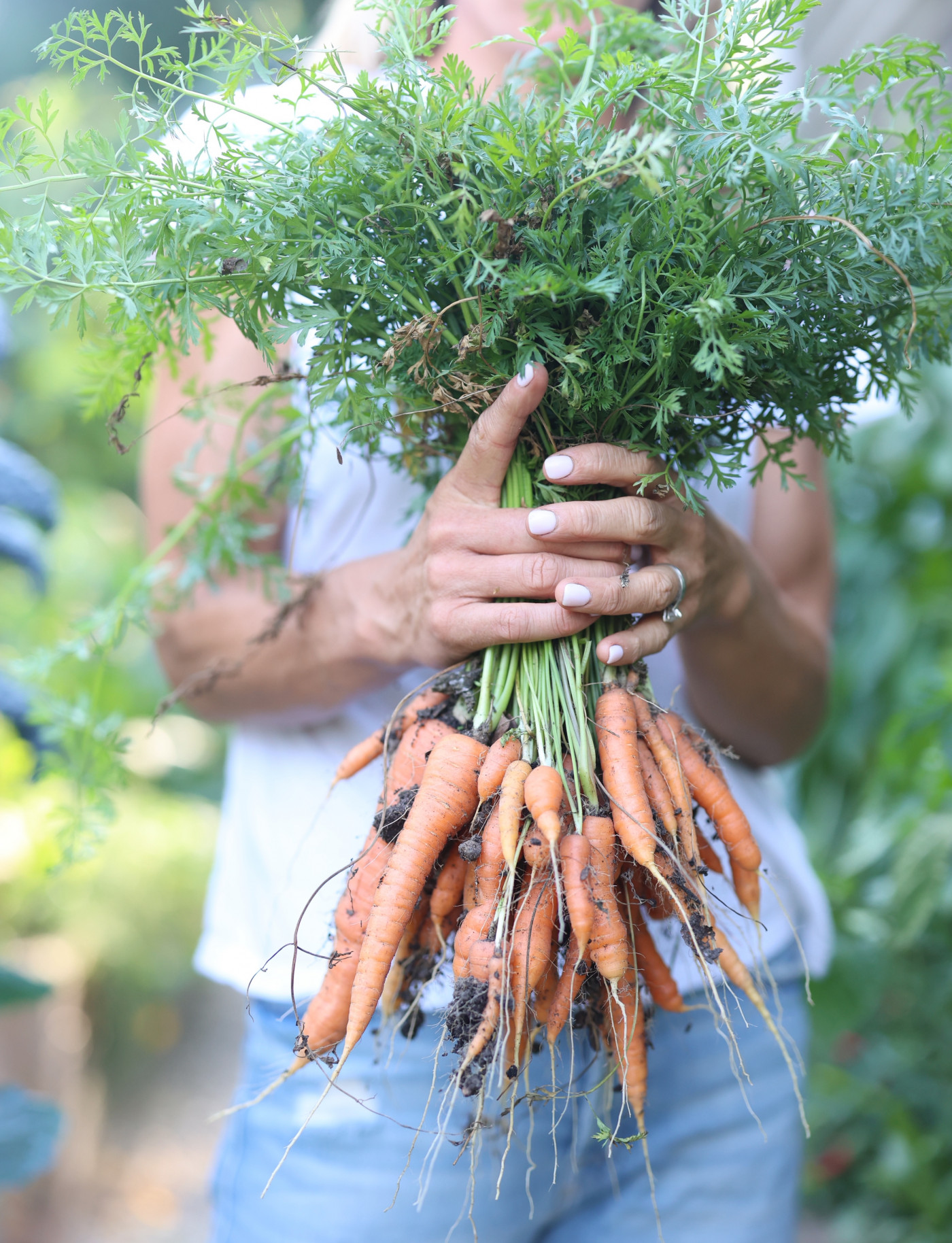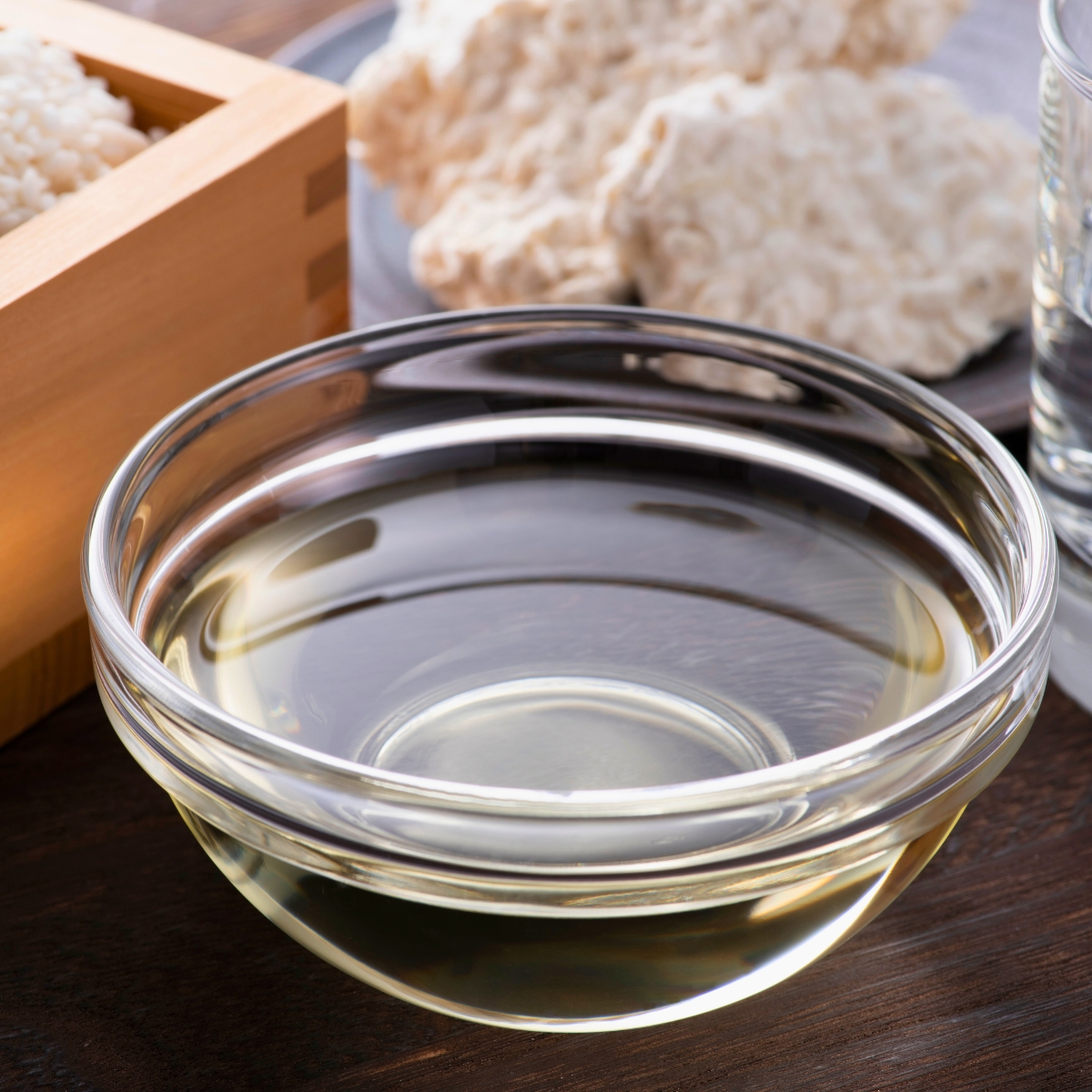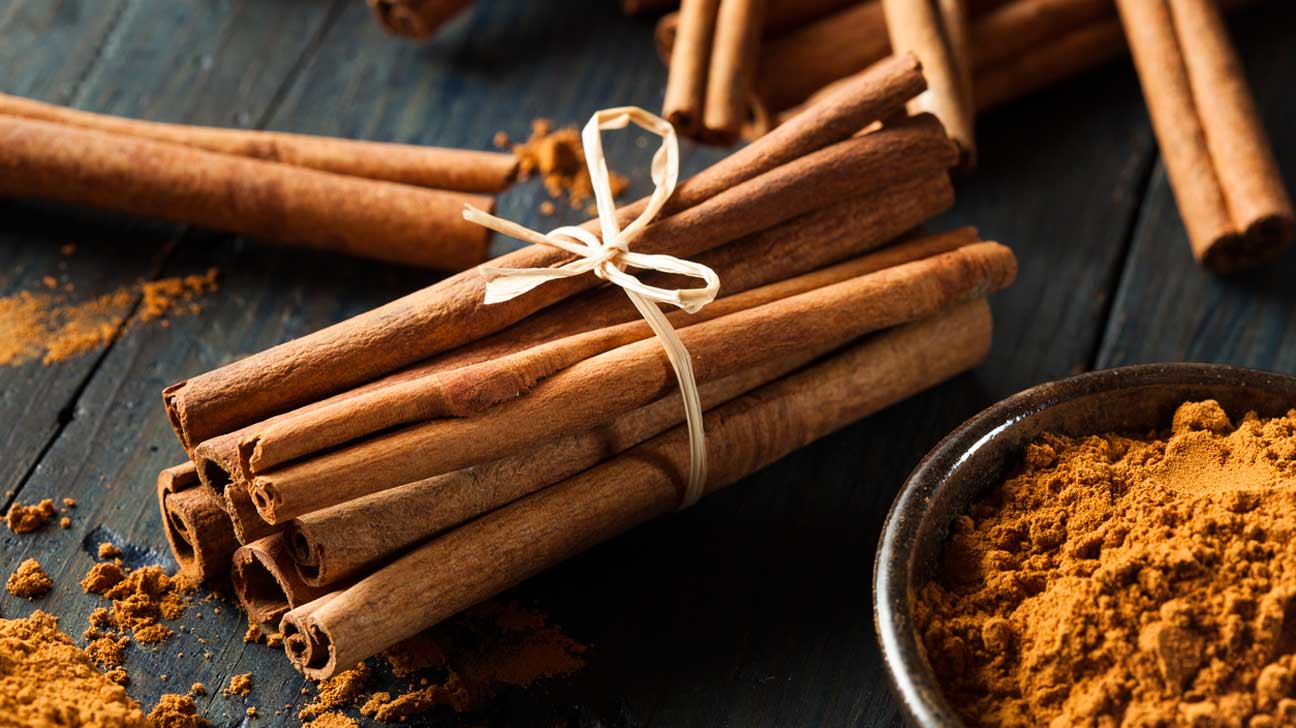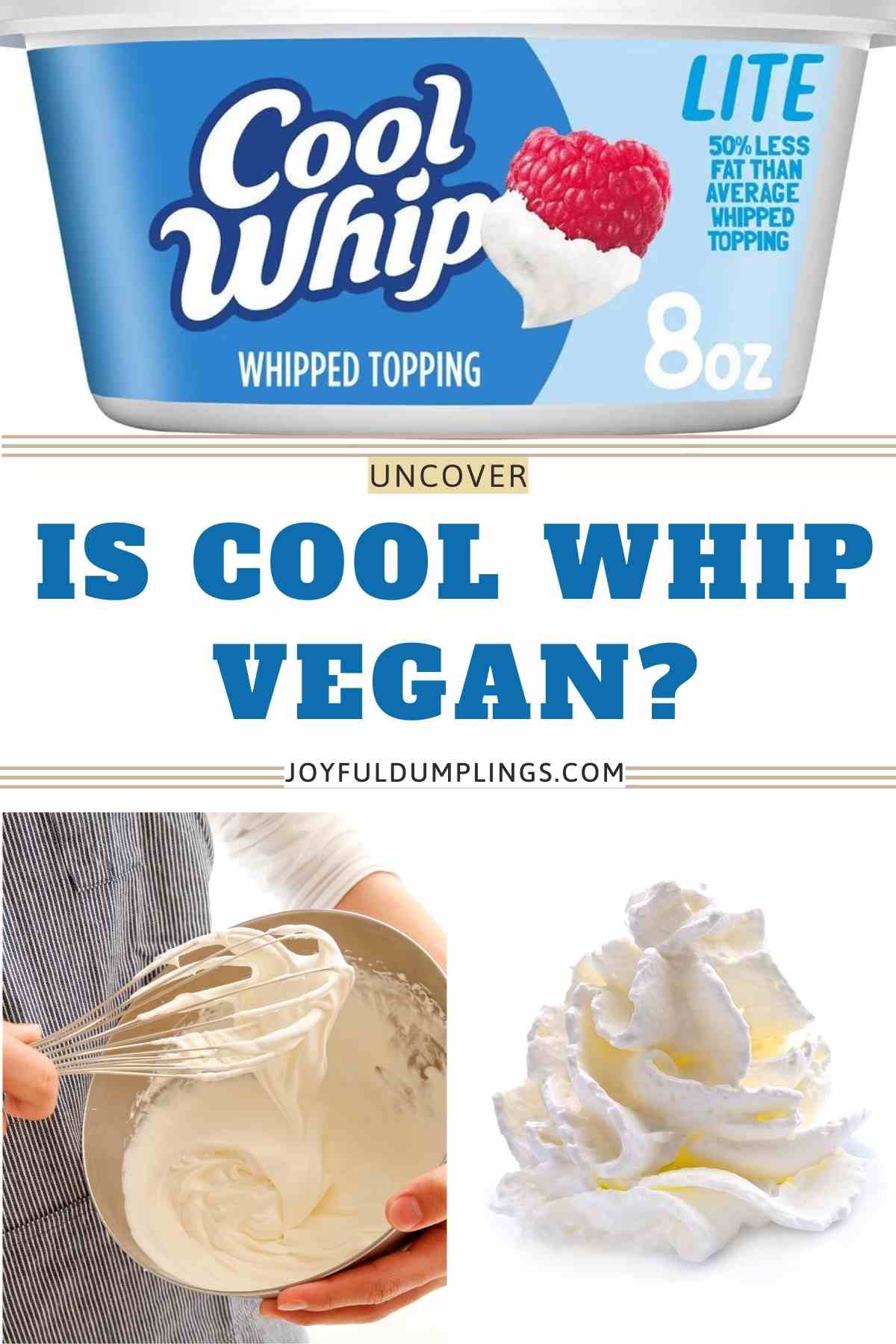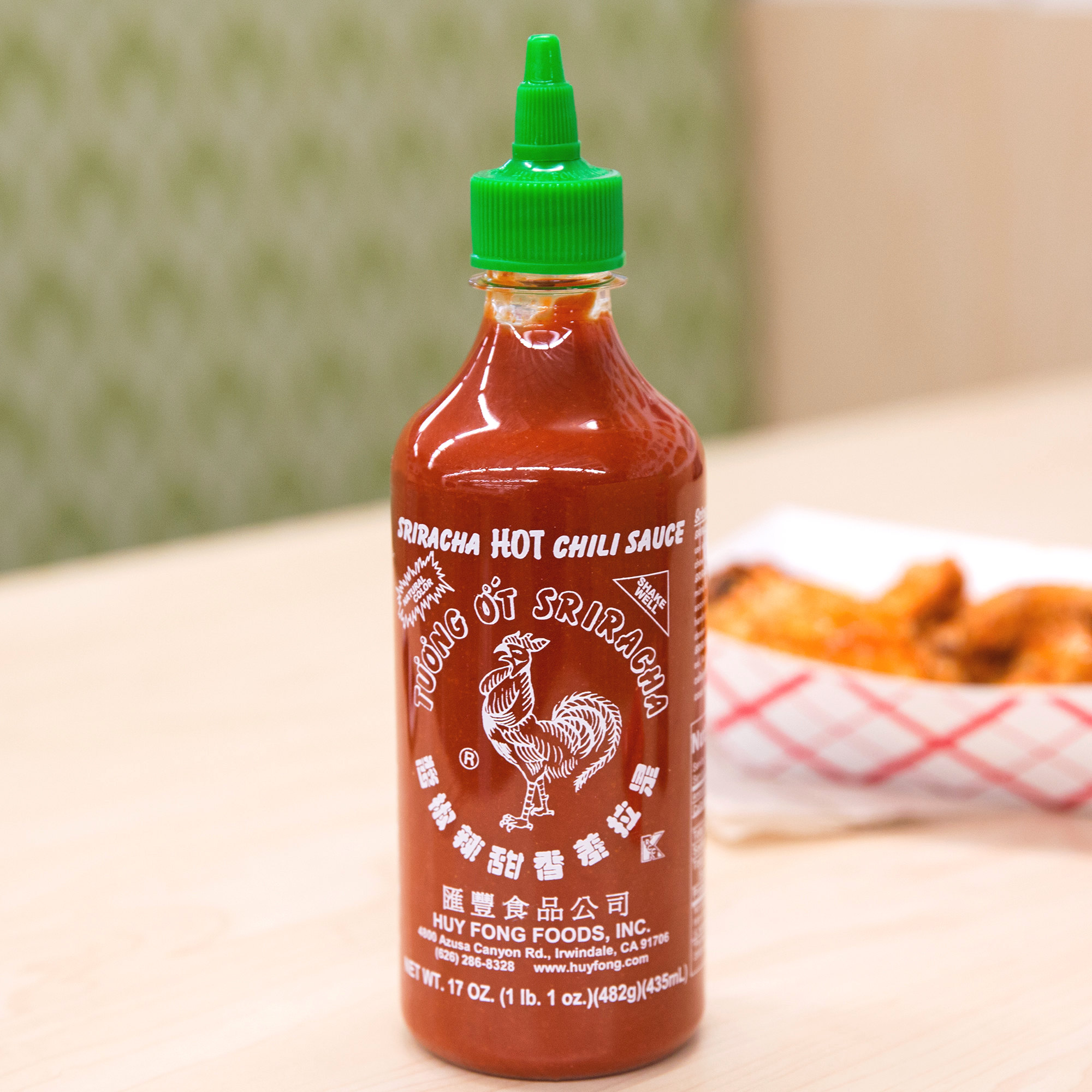What is Draft Beer: A Guide to Brew Perfection
– Draught beer, also spelled draft, is beer served from a cask or keg rather than from a bottle or can.
– The term “draught” is used in the United Kingdom, Ireland, Australia, and New Zealand, while “draft” is more commonly used in North America.
– Draught beer served from a pressurised keg is also known as keg beer.
– Canned and bottled “draught” beers are a marketing tactic and not true draught beer.
– Draught beer generally tastes better than bottled beer due to factors like the brewing process, storage, and dispensing.
– Unpasteurised and unfiltered brews are considered more flavorful.
– Storing beer in cask or steel kegs prevents sunlight and oxygen from affecting the freshness.
– Variables like transportation, temperature, and tap line maintenance can impact the quality of draught beer.
– Commercially-sized beer kegs range from 20L to 50L, suitable for large crowds or events.
– Mini-kegs are smaller, coming in a 5L size, containing about 10 pints.
– Keg beer can last 45-60 days if non-pasteurised, and 90-120 days if pasteurised.
– Once opened, draught beer remains fresh for 8-12 hours.
– The price of a keg of beer varies based on its size.

